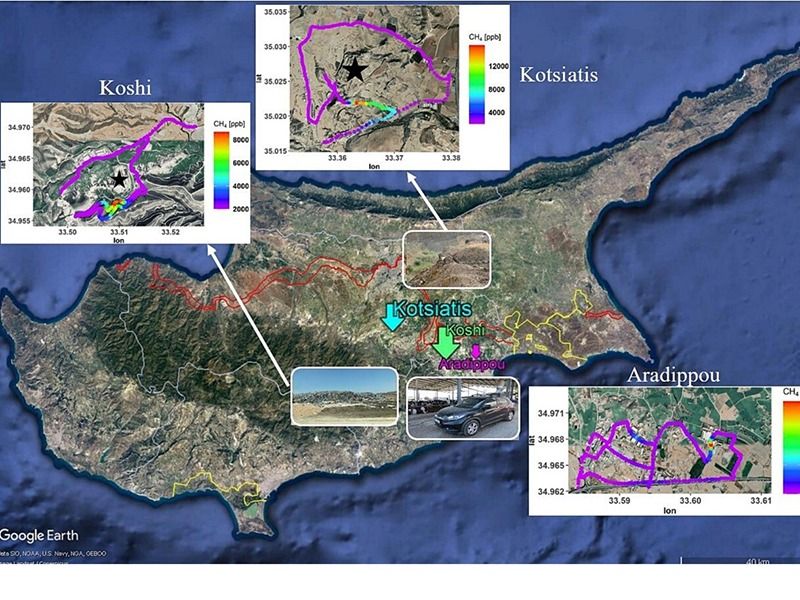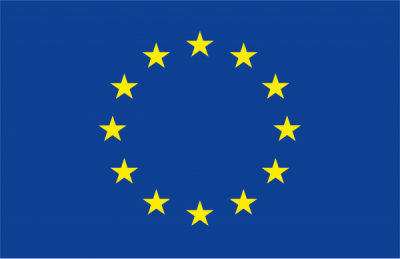
CARE-C collaborative research on new methods for more accurate estimation of methane emissions
Research scientists at CARE-C of the Cyprus Institute, in collaboration with researchers from the Laboratoire des Sciences du Climat et de l’Environnement (LSCE) in France and the Institute of Environmental Physics and Remote Sensing (IUP), at the University of Bremen, in Germany, have recently published the results of their research, aiming to reconcile the national methane inventory against measurements of emissions obtained directly in the atmosphere in Cyprus.
Methane is the second most harmful greenhouse gas, causing climate change, after carbon dioxide. Reducing methane emissions is a key approach to combat climate change but our current knowledge of its emissions is not precise enough to support efficient climate mitigation policies.
Countries routinely report their climate-changing, greenhouse gas emissions based on inventories. These inventories combine activity statistics with emission factors across all economic sectors. These emission factors enable comparison among countries but they are often ‘default’ (or non-specific) values that may have little ability to explain exactly how much a country really emits. As countries aim to reduce greenhouse gas emissions, these inventories become crucial tools.
Methane emissions in Cyprus stem primarily from waste (especially solid waste landfills) and agricultural activities. Liu and colleagues (2023) performed an intensive survey of mobile measurements at a sample of Cyprus’s largest emitting areas, from October 2020 to September 2021, and these areas should account, in principle and based on the national inventory, for about 28% of national CH4 emissions. The surveyed areas included a large active landfill (Koshi, 8% of total emissions), a large closed landfill (Kotsiatis, 18%), and a concentrated cattle farm area (Aradippou, 2%).
Emission rates for each site were estimated using repeated car transects downwind of the sites. A simple, reproducible atmospheric model (Gaussian plume dispersion) was used to calculate emissions from car-based concentration measurements.
The results revealed that the calculated methane emissions from the landfills of Koshi and Kotsiatis were 2.3 times higher than estimated in the Cyprus’s national UNFCCC inventory (with a measured 26 000 tons per year, established to within plus or minus 6000 tons). Similarly, cows and other ruminants, through enteric fermentation, emitted 10 ± 4 kiloton per year, indicating an underestimation by a factor of 1.4 in the inventory.
Therefore, this significant piece of research highlights the importance of re-estimating national methane emissions in Cyprus, especially for the waste management sector, and indicates that using an ensemble of in situ measurements targeting representative methane emission hotspots with consistent temporal and spatial coverage can contribute to the monitoring and validation of national bottom-up emission inventories.
Reference: Liu, Y., Paris, J.-D., Vrekoussis, M., Quéhé, P.-Y., Desservettaz, M., Kushta, J., Dubart, F., Demetriou, D., Bousquet, P., Sciare, J., Reconciling a national methane emission inventory with in-situ measurements, Science of The Total Environment, 901, 2023.



